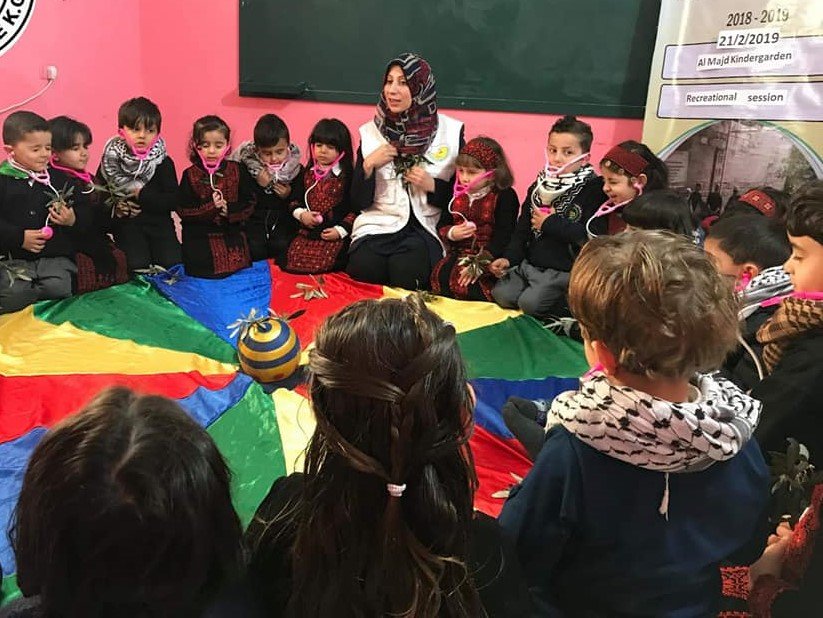
Focusing
Focusing is a way of paying attention to the feelings held in the body. Bringing compassion and acceptance to our feelings can relieve the stresses of everyday life and enable us to become more resilient.
This work was developed with practitioners in the UK Ireland and The Netherlands and adapted by the PTC team to the cultural situation in Gaza. It has proved to be very successful, not only in individual sessions, but with groups. The role of the therapist is to be inquisitive, collaborative with the clients and not dominant or seen as an expert. Compassionate listening and reflecting back are ways to support the individual to get a clear understanding or “felt sense” of a situation or feeling. It is a body-oriented process of self-awareness and emotional healing which is guided by the client.
The Approach
The basis of the Focusing approach is that although we cannot control external events, we can change how we react to them. By noticing what we are feeling and understanding what is going on inside us, we can find a different way of being with our feelings. Instead of being caught up in our feelings, we can get to know them as friends – even when they are uncomfortable.
Focusing training in Gaza
Working with individuals as well as in groups to help people to understand their emotions and cope with trauma.
The Focusing approach takes us out of our heads and into a “felt sense” (Gendlin’s theory) of our body’s apprehension of experience (Gendlin E.T. 2007). Felt sense will manage or contain trauma by enabling us to take time to notice our responses without being controlled by them. Exercises allow a natural, non-intellectual form of self-reflection to develop as an on-going process while we interact with life. They enable us to listen to the unclear (but clearly felt) bodily experience of our situation at any given time. The person learns to be quiet, attentive and accepting of themselves. When feelings are located, sensed and given a little time to breathe, they exit in a safe and non-judgemental space. Once brought into focus and accepted, they are ready to evolve or change.
Adult Focusing
Green Stick method used with a women’s group
The Elements
The “Safe Space”: Each person finds a “safe space” inside themselves, uses drawing to describe it, then discusses the drawing. Breathing exercises and movement help contain and focus on feelings. The person takes time to develop the Felt Sense, and find a quality of caring inside themselves. They accept the changing nature of feelings and sensations. When the time is right, a language is sought to develop a sense of a bigger picture around the person’s situation.
Listening: Listening skills are developed and practised, including taking time, listening non-judgementally and in silence, reflecting back, sustaining attention, respecting people’s boundaries and defences, being in the presence of the other person.
Moving to the bigger picture: This “bigger picture” may well introduce a social/political element relating to the occupation. The way in which the client sees it will be less as a victim but more as an empowered individual functioning in relation to it. This self-regulating capacity moderates arousal levels so that one is not simply reactive.




